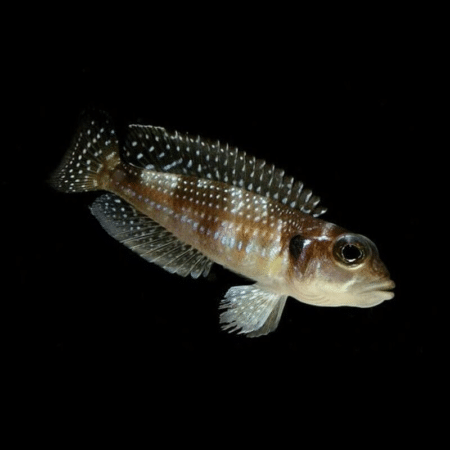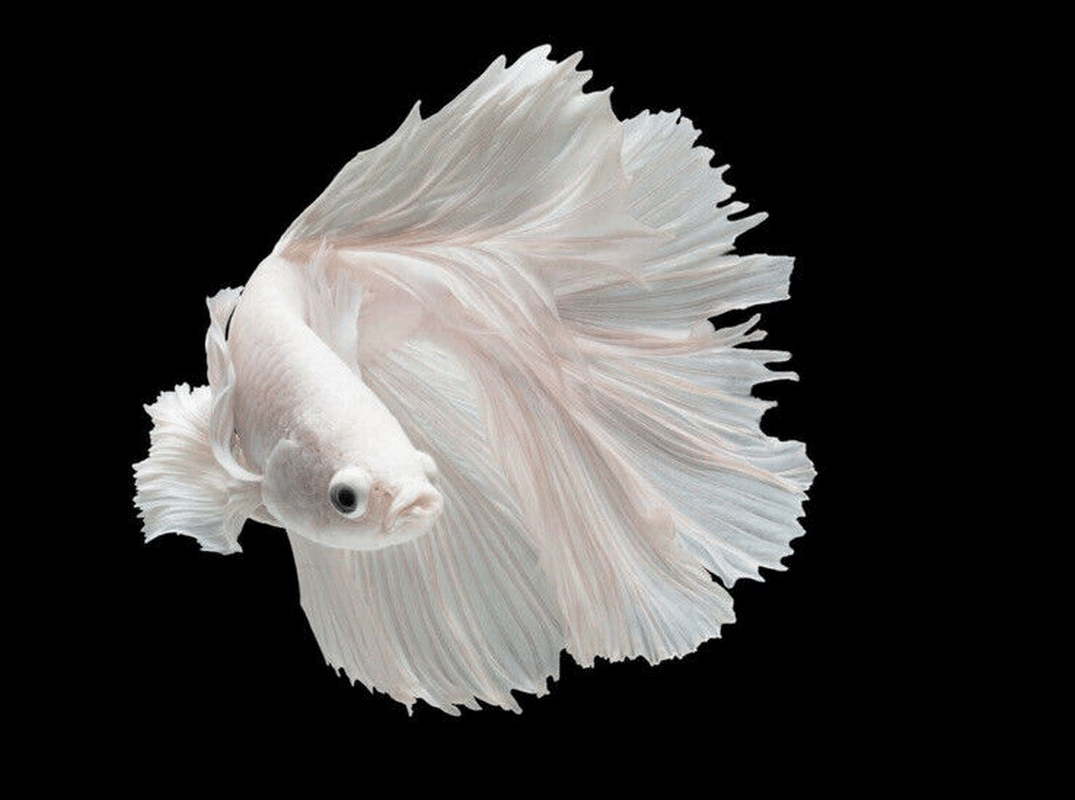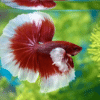To provide the best experiences, we use technologies like cookies to store and/or access device information. Consenting to these technologies will allow us to process data such as browsing behaviour or unique IDs on this site. Not consenting or withdrawing consent, may adversely affect certain features and functions.
The technical storage or access is strictly necessary for the legitimate purpose of enabling the use of a specific service explicitly requested by the subscriber or user, or for the sole purpose of carrying out the transmission of a communication over an electronic communications network.
The technical storage or access is necessary for the legitimate purpose of storing preferences that are not requested by the subscriber or user.
The technical storage or access that is used exclusively for statistical purposes.
The technical storage or access that is used exclusively for anonymous statistical purposes. Without a subpoena, voluntary compliance on the part of your Internet Service Provider, or additional records from a third party, information stored or retrieved for this purpose alone cannot usually be used to identify you.
The technical storage or access is required to create user profiles to send advertising, or to track the user on a website or across several websites for similar marketing purposes.


















Emily Carter (verified owner) –
I recently purchased the stunning veiltail white male betta splend, and I can’t express how thrilled I am with my new little friend! Arrived in perfect condition after just 3 days of shipping, which I really appreciated. This betta has such vibrant colors and those flowing fins are just mesmerizing! I set him up in a 10-gallon tank with a gentle filter, and after a week, he seems so happy swimming around. The way he interacts with his surroundings is heartwarming—he even responds when I come near!
Compared to other bettas I’ve owned, this one has a more gentle disposition and is less prone to stress, probably due to the quality of care he received before arriving in my home. My only minor concern was how he initially seemed a bit shy, but he warmed up quickly. I believe any fish lover, whether you’re new to the hobby or a seasoned aquarist, would benefit from adding this beautiful betta to their collection. Just be sure to provide him with a calm environment and plenty of hiding spots! Overall, I couldn’t be happier with my purchase and would highly recommend this exquisite tropical fish to anyone looking to brighten up their aquarium.
Emily Carter (verified owner) –
I recently purchased the Stunning VeilTail White Male Betta Splend for my community tank, and I couldn’t be happier! This little guy has been thriving for over two months now and adds such elegance with his flowing fins and vibrant personality. Unlike some bettas I’ve had in the past, he’s incredibly calm and gets along well with my other tropical fish, which makes him a perfect addition to any community setup. I love watching him dart around and explore his environment. The shipping was quick, and he arrived healthy and ready to go!
One minor concern I had was that he was a bit shy at first, but after a week, he adjusted beautifully and now often greets me when I approach the tank. I highly recommend this beautiful fish to both beginners and experienced aquarists looking for a stunning companion that truly enhances the aesthetics of their aquarium. Just be sure to provide a spacious tank with plenty of hiding spots for their comfort. Overall, an amazing purchase for anyone passionate about their aquatic pets!
Emily Carter (verified owner) –
I recently purchased the Stunning VeilTail White Male Betta Splend, and I couldn’t be happier! Arriving just a week ago, he has already become a vibrant centerpiece in my community tank. The bright white coloration with shimmering iridescence is just breathtaking. I was initially concerned about introducing a betta to my established tank with other peaceful fish, but he has adapted beautifully. I appreciate that he thrives in community setups, as advertised!
After a week, he’s already showing his playful personality, interacting well with my tetras and guppies. Compared to previous bettas I’ve owned, his temperament is remarkably calm, which is a huge plus for a community tank. My only minor concern was the shipping time; it took a bit longer than expected, but he arrived safe and healthy, which is what truly matters.
I wholeheartedly recommend this betta for anyone looking to enhance their tropical aquarium. His stunning looks and friendly disposition make him a perfect companion for both novice and experienced fish enthusiasts. Just a tip: ensure your tank has plenty of hiding spots to help him feel secure as he settles in!